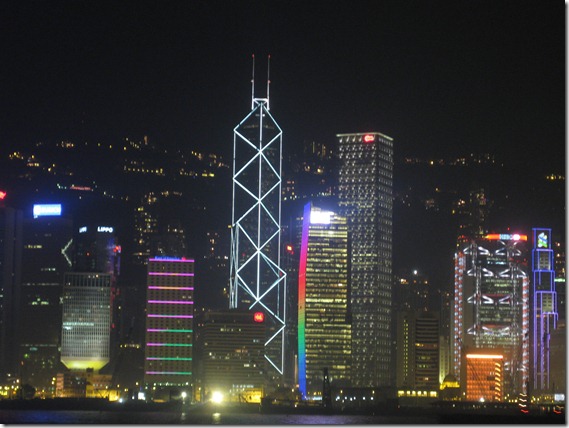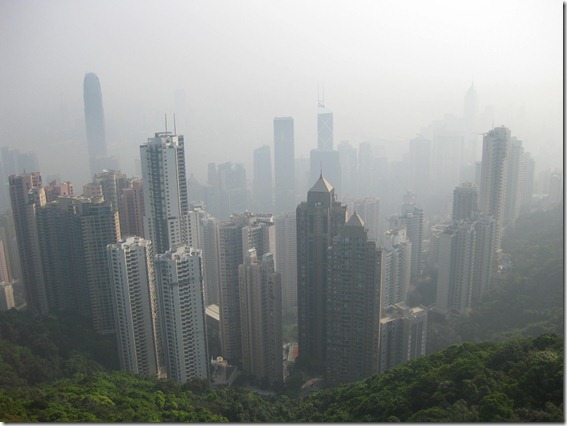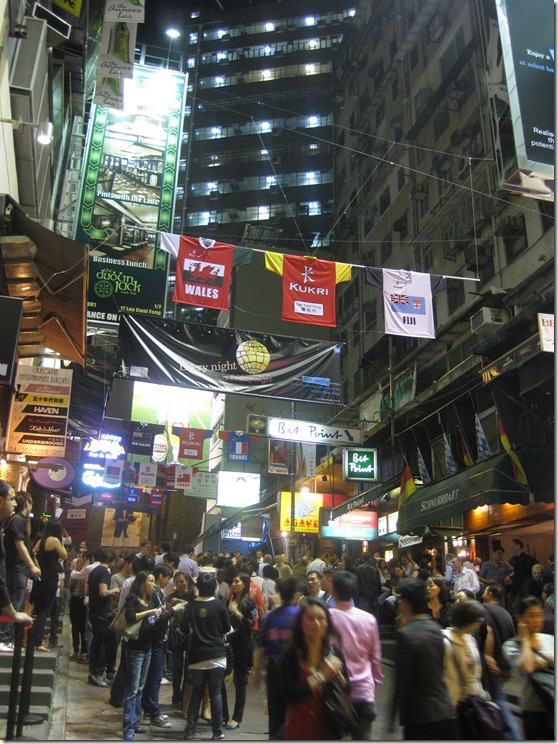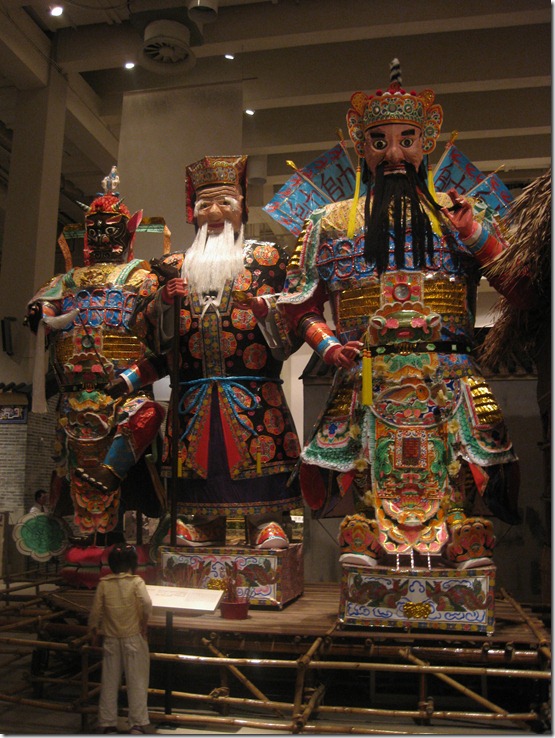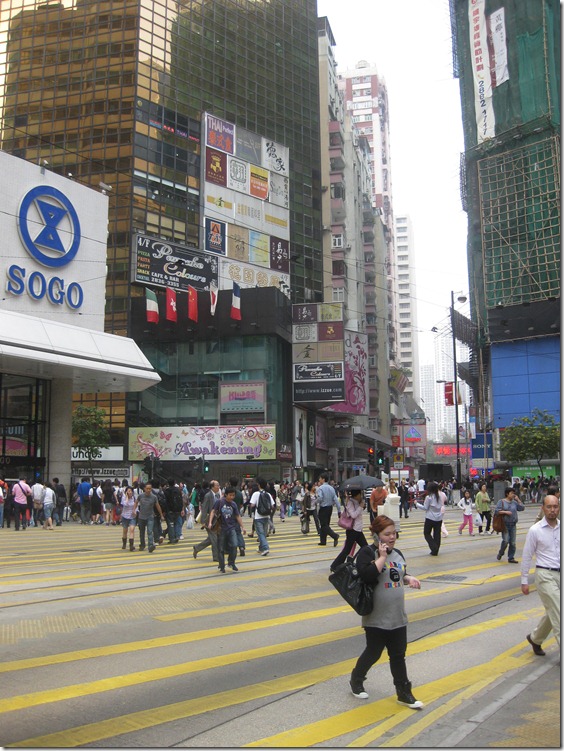In March I went back to Melbourne for a wedding and decided to stop over in Hong Kong to break up the trip and to experience a bit more of Asia. I had the choice of Bangkok, Kuala Lumpur (via Singapore) or Hong Kong. I chose Hong Kong because I’d seen that iconic skyline so much over the years and had to go see it for myself.
This isn’t a typical 48 hour post, but I’ve included a selection of things I did whilst I was there that would keep you occupied for a short stopover.
Things to See and Do
Symphony of Lights
A visit to Hong Kong wouldn’t be complete without witnessing the Symphony of Lights show on the harbour. Get yourself a nice viewpoint from the Avenue of Stars in Tsim Sha Tsui and enjoy the show, commencing at 8pm each night. The way the lights are mounted on the buildings and how the lasers go off is incredible.
Victoria Peak
The best vantage point you’ll get of Hong Kong Island. Take the Peak Tram (funicular railway) up the hill from the Lower Terminus on Garden Road in Central all the way to the top to get some amazing views of the city. It was pretty hazy when I went up there but still nonetheless awesome. Go in the morning to avoid the crowds as the day progresses.
Lan Kwai Fong
Once night falls and you’re after a good bar to knock back some Tsing Taos (a top Chinese beer), Lan Kwai Fong is a great place to start. It’s the sort of joint that will have you looking around all over the place at the people, the clubs, the bars, the signage, it’s crazy. It’s in Central and is easily accessed from the main drag.
Hong Kong Heritage Museum
After all the drinking and sightseeing, it’s good to take a sidestep and check out the culture of Hong Kong and how it come to be. It’s packed with Cantonese history, art and culture; a great way to spend half the day. The Heritage Museum It’s located outside of Kowloon in Sha Tin and is easy to get to from the Sha Tin MTR station.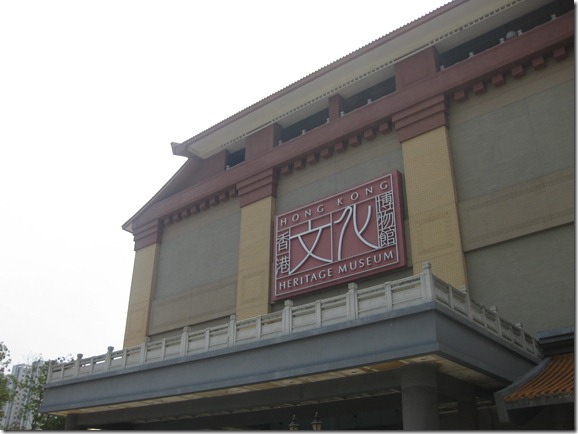
Hong Kong History Museum
If you’re keen on learning more about the history of Hong Kong specifically, drop into the History Museum in Tsim Sha Tsui. It goes into incredible detail about the British occupation and hand over back to China, the opium wars and how Hong Kong has developed into a sprawling metropolis.
Hong Kong Museum of Coastal Defence
This one is a bit out of the way but is definitely worthwhile if you’re a military buff like me. It’s a former coastal defence fort high up on a hill in Shau Kei Wan on Hong Kong Island that has been used by Cantonese dynasties and the British for hundreds of year. It was instrumental in defending Hong Kong from the Japanese in World War Two.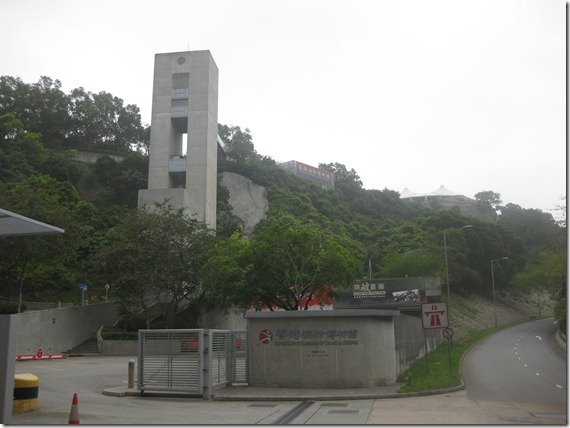 The Redoubt on the top of the hill is worth exploring every inch of; along with the batteries that dot the hill. Also check out the torpedo station at the bottom of the hill that was cut out of the rock of the headland. When I went there was NO ONE else there at all, and it was eerie because all the staff that look like security guards were following me around a bit and I felt as if I was the strange white foreigner. They have a feature on the Chinese Peoples Liberation Army on the top floor of the main building which feels very propagandanistic but it’s cool to get an insight into the massive force that it is.
The Redoubt on the top of the hill is worth exploring every inch of; along with the batteries that dot the hill. Also check out the torpedo station at the bottom of the hill that was cut out of the rock of the headland. When I went there was NO ONE else there at all, and it was eerie because all the staff that look like security guards were following me around a bit and I felt as if I was the strange white foreigner. They have a feature on the Chinese Peoples Liberation Army on the top floor of the main building which feels very propagandanistic but it’s cool to get an insight into the massive force that it is.
Causeway Bay
If you have the time, drop in here on your way back from the Coastal Defence Museum for a view of a different side of Hong Kong in form of Causeway Bay, a bustling shopping district. I stopped here to get a coffee from Cafe Corridor as recommended by the guys at Melbourne Coffee Review.
Food
Hong Kong is a melting pot of awesome Cantonese food along with Indian and Mandarin influences and isn’t short of great Thai, Japanese and other Asian joints to get some tops eats. Find yourself a cool Dim Sum place around Mong Kok, north of Tsim Sha Tsui in Kowloon for authentic Cantonese. Wan Chai on the island is also pretty good, I had some nice Thai there the first night.
How to get there
If you’re an Antipodean like me, chances are at one point or another during your time in Europe you’ll be heading back to Australia/NZ to visit family. I flew on Cathay Pacific to Melbourne via Hong Kong and the fare cost me £900 return for the time of year I went (right before Easter). During low or shoulder season expect to pay much less in the realm of £600-£700 return.
Cathay are a really nice airline, as you’d expect from an Asian carrier. The food is good and the in-flight entertainment kept me occupied for all 4 flights I took with them to Melbourne and back. One thing I have to say though is that their seats are a bit questionable.
They’re the shell type where the back doesn’t actually recline, more so the back and seat kind of slide forward a bit to give you this weird reclined position. The seat is a plastic shell with pieces of padded seat stuck in and I didn’t find it comfortable compared to Singapore Airlines.
Where to Stay
Hostels available for booking online are pretty thin on the ground, but I did find one that turned out being in the notorious Chungking Mansions on Nathan Road, Tsim Sha Tsui. Chungking Mansions is basically filled with guesthouses, some quite clean and nice, some pretty seedy. When you first walk through the front entrance you’re bombarded with touts trying to get you into their guesthouse so it can be a bit full on if you’re not used to just ignoring touts and powering through.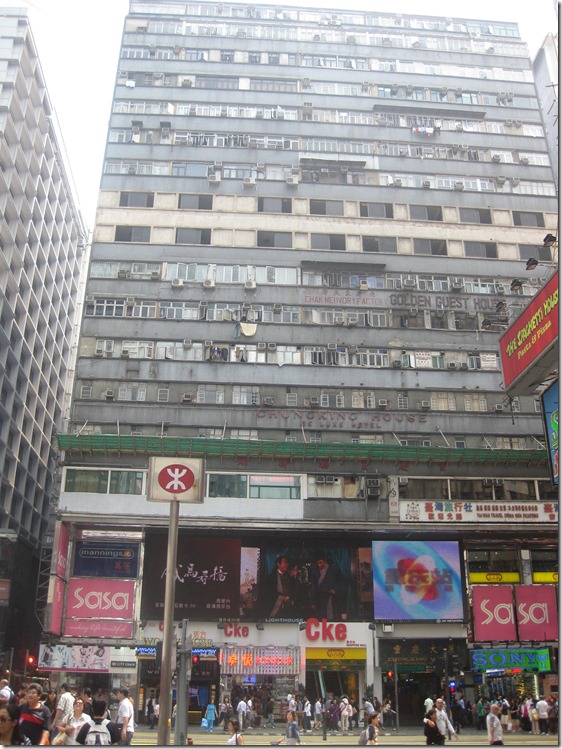
The rooms are basic and are just that, single/double rooms on a building floor. There’s no area for socialising, so Chungking isn’t somewhere to stay if you’re keen on meeting fellow travellers easily (although you will see heaps in the lift lobby, so strike up a conversation – I met a couple from Canada and a German chick one morning). It’s great for an authentic HK guest house experience, and I recommend it as it’s a change from regular budget accommodation you might book in Europe or other more Western destinations.
Budget
Hong Kong isn’t cheap by Asian standards. Factoring in transport, food and accommodation, I’d say about HKD$500 a day (at time of writing, HKD$500 = £44.66).
Get around in Hong Kong
As soon as you come out of the airport, buy yourself an Octopus card (the booth that sells them is directly to the left as you come out the baggage claim) with a few hundred Hong Kong dollars on it. This will make purchasing food/drinks and travelling on the MTR way easier. Take the Airport Express into Kowloon and then you can get the MTR to wherever it is you might be staying in Hong Kong from there.
MTR
The MTR (Mass Transit Railway) system in Hong Kong is one of the best metros in the world. It’s super clean, fast and efficient and will get you wherever you need to go in Hong Kong. It’s not the cheapest means of transport, but the ease of using the Octopus card on it makes it a great way of getting around HK.
Star Ferry
Having hauled residents back and forth across the harbour for decades, this is one of the easiest and cheapest ways to get between Kowloon and Hong Kong Island. It’s not the fastest way (MTR wins out here) but it is the most picturesque (and it reminded me a lot of that Bruce Lee film, Dragon where he’s sailing across Hong Kong harbour).
Taxis
Taxis in Hong Kong are in abundance and are cheap to get you anywhere in the city. Expect to pay $50-$100 HKD for anywhere around Kowloon/Hong Kong Island.
Conclusion
Many thanks to my German friend who’s been based in South East Asia for the last few years, Andre for showing me round the first night I was in Hong Kong. Without his guidance I wouldn’t be able to bring you half of the awesome stuff I’ve included in this post.
Hong Kong is much more authentic Asian feeling city, more so than Singapore. If you get the opportunity to stopover in Hong Kong, take a few days out to explore this amazing city.
